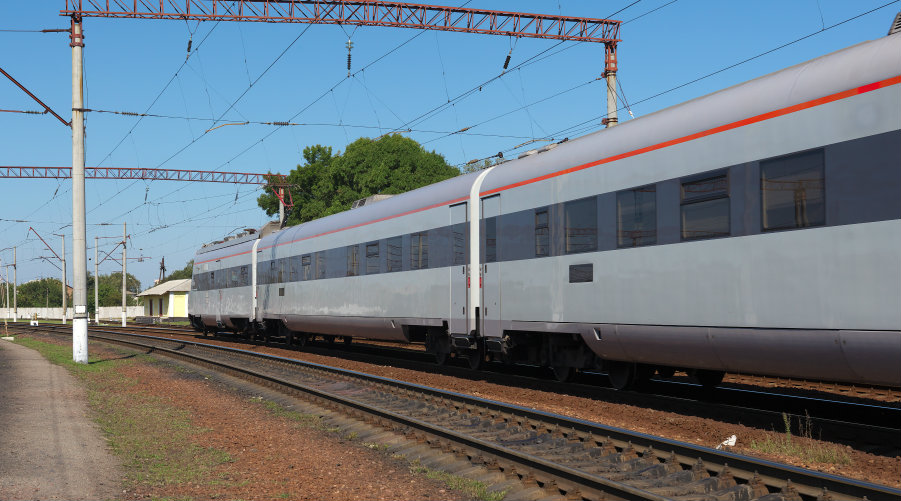
Most of us have probably heard the news about the devastating train crash in South Carolina in which two were killed and more than 100 were injured. As the NTSB investigates the crash, it has found that the signaling system was not operating at the time because CSX railroad (who operates the tracks) was preparing it for Positive Train Control.
Positive Train Control (PTC), by definition, is an advanced system designed to automatically stop a train before certain accidents occur. It is designed to prevent:
It will not prevent:
In 2008, Congress passed the Rail Safety Improvement Act of 2008 (RSIA). Under this Act, passenger railroads and Class I freight railroads are required to install Positive Train Control (PTC) on all tracks that carry passenger trains and are used to transport toxic-by-inhalation materials.
PTC is already installed in parts of the United States, but not everywhere.
Under the Act, railroads were given seven years to start using the technology; however, in 2015, Congress extended the deadline by another three years to December 31, 2018, with the option to grant railroads that show progress an additional two years (to December 31, 2020).
Based on funding, existing technology, different operating systems and other factors, Class I freight railroads and passenger rail lines are all at different levels of PTC installation and implementation.
According to the American Association of Railroads, “PTC must work right; there are no shortcuts when it comes to safety. It is not enough to get PTC to operate across a single railroad’s footprint; it must be interoperable. Each railroad is developing a PTC system from the ground up that meets their unique requirements. As they develop and install each component, it must pass multiple, rigorous testing requirements.”
Learn more about PTC:
When you need attorneys with experience in railroad negligence, contact the law offices of Nash & Franciskato. Our compassionate lawyers and staff provide you with a free, no-obligation evaluation based on your situation.
Past results afford no guarantee of future results and each case is different and is judged on its own merits. The choice of a lawyer is an important decision and should not be based solely upon advertisements.